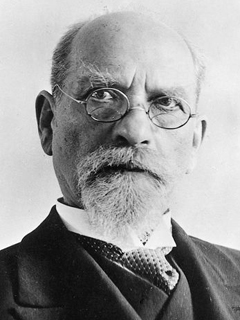
Publication details
Year: 2015
Pages: 991-1018
Series: Synthese
Full citation:
, "Conception, sense, and reference in Peircean semiotics", Synthese 192 (4), 2015, pp. 991-1018.


Conception, sense, and reference in Peircean semiotics
pp. 991-1018
in: Pietarinen (ed), Peirce's logic and philosophy of language, Synthese 192 (4), 2015.Abstract
In his Logical Investigations Edmund Husserl criticizes John Stuart Mill’s account of meaning as connotation, especially Mill’s failure to separate the distinction between connotative and non-connotative names from the distinction between the meaningful and the meaningless. According to Husserl, both connotative and non-connotative names have meaning or “signification”, that is, what Gottlob Frege calls the sense (“Sinn”) of an expression. The distinction between connotative and non-connotative names is a distinction between two kinds of meaning (or sense), attributive and non-attributive meaning (“attributive und nicht-attributive Bedeutung”). Attributive (connotative) names denote (refer to) objects through their attributes, whereas a non-attributive name means a thing directly (“direkt”). In this paper I examine the concepts of attributive and non-attributive meaning by means of the semiotic theory of Charles S. Peirce, and compare Peirce’s account with the views of Frege, Husserl, Alexius Meinong, and David Kaplan and Gareth Evans.
Cited authors

Husserl Edmund

Meinong Alexius

Frege Gottlob

Mill John Stuart

Evans Gareth

Peirce Charles Sanders

Kaplan David
Publication details
Year: 2015
Pages: 991-1018
Series: Synthese
Full citation:
, "Conception, sense, and reference in Peircean semiotics", Synthese 192 (4), 2015, pp. 991-1018.
